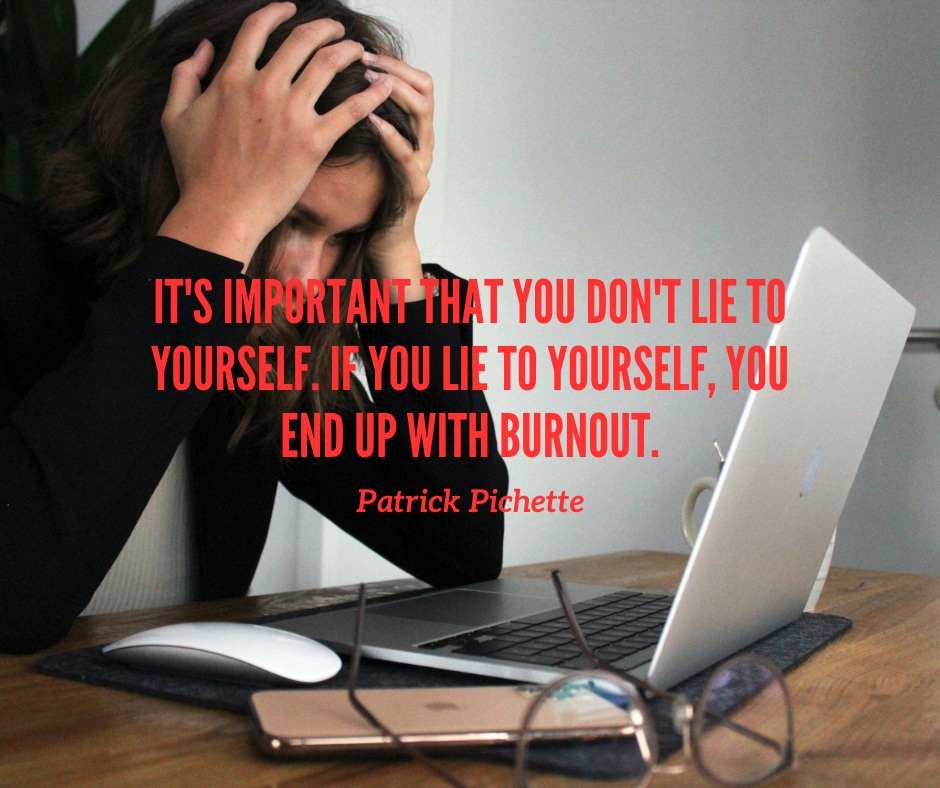Navigating Workplace Burnout: Creating Sustainable Working Environments
Written by Rodolfo Parlati on 17/02/2024

Workplace burnout has become an alarming issue in modern working environments, taking a toll on individuals and companies. The impact of burnout is pervasive, affecting not only employees’ mental and physical well-being but also eroding productivity and overall organizational success.
A survey by McKinsey Health Institute shows that burnout affects 22% of the surveyed employees, and 8 out of 10 of the younger ones are ready to quit. So, the toll burnout takes on mental health, productivity, and organizational success cannot be underestimated.
Impact on Individuals
Burnout manifests as chronic fatigue, reduced efficiency, and a sense of disillusionment with work. Mental health suffers, leading to increased stress, anxiety, and even depression. The relentless demands of the modern workplace, compounded by long working hours and blurred boundaries between professional and personal life, contribute significantly to this phenomenon.
Impact on Companies
Beyond its effects on individuals, burnout poses a severe threat to companies. Decreased employee engagement and satisfaction lead to higher turnover rates, increased absenteeism, and decreased overall productivity. This, in turn, has a direct impact on a company’s bottom line. As employees struggle with burnout, creativity diminishes, teamwork falters, and the organization’s ability to innovate and adapt to change is compromised.
Contributing Factors
Several factors contribute to the prevalence of burnout in workplaces. High expectations, unrealistic workloads, lack of autonomy, and inadequate support systems are common culprits. Additionally, the increasing reliance on technology, while enhancing connectivity, has blurred the boundaries between work and personal life, making it challenging for individuals to disconnect and recharge.
Creating Liveable Workplaces
To address burnout, companies must proactively foster environments that prioritize the well-being of their employees. Some key strategies include:
Flexible Work Arrangements: Offering flexible schedules and remote work options can empower employees to balance their professional and personal lives more effectively.
Clear Communication: Establishing transparent communication channels helps manage expectations and reduces uncertainty, contributing to a healthier work environment.
Mental Health Support: Providing access to mental health resources, and counselling services, and promoting open conversations around mental well-being are crucial steps in supporting employees.
Workload Management: Ensuring reasonable workloads and setting realistic expectations are essential in preventing burnout. Encourage employees to take breaks and vacations to recharge.
Professional Development: Invest in employees’ growth and career development. Opportunities for skill enhancement and career advancement can boost morale and motivation.
Recognition and Appreciation: Recognizing and appreciating employees for their efforts and accomplishments fosters a positive workplace culture and reinforces a sense of value.
In conclusion, tackling workplace burnout requires a holistic approach that acknowledges both individual and systemic factors. Companies that prioritize the well-being of their employees not only mitigate the negative effects of burnout but also cultivate a more resilient and productive workforce. So, it’s time for workplaces to prioritize the human element, creating environments where individuals can thrive both personally and professionally.
Do you want to find out how to effectively navigate through workplace burnout and discover many other strategies? Embark on a Coaching path for your personal and professional improvement! To do this, feel free to contact me and book a FREE discovery call.





